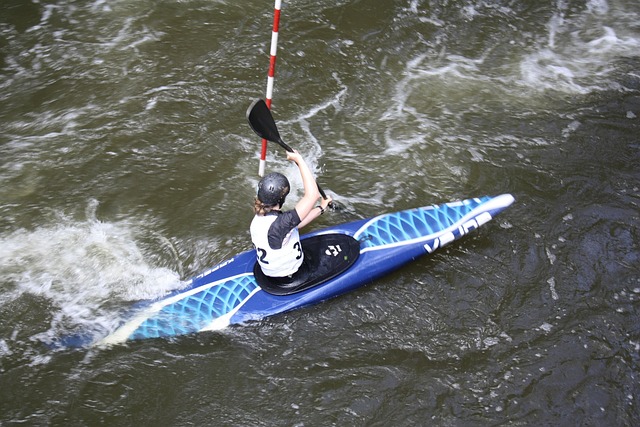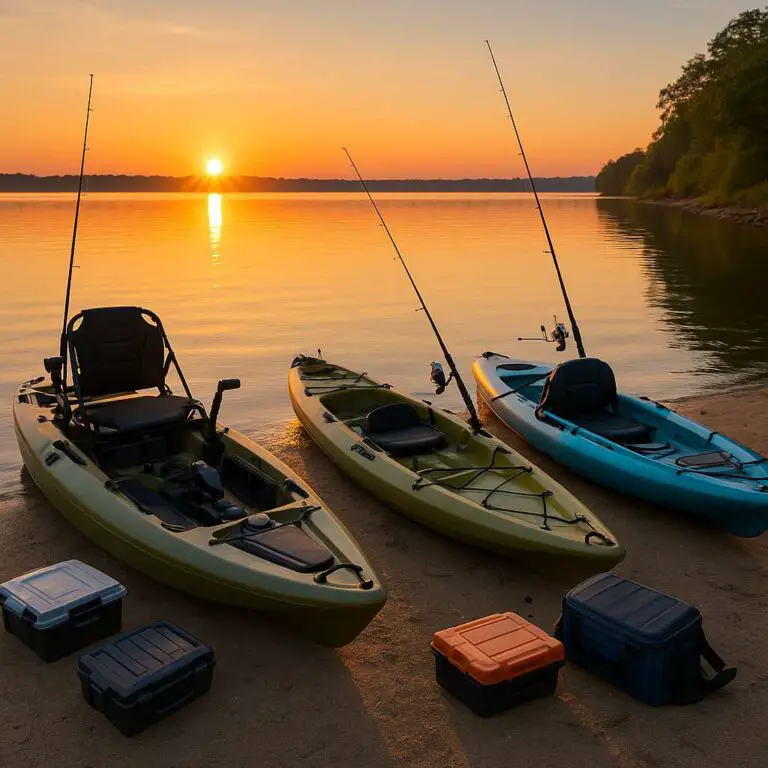Kayaking is a fun and exciting way to enjoy the great outdoors, but it’s important to prioritize safety on the water. Kayak accidents and injuries can happen, so it’s essential to understand and follow kayak basic safety guidelines to ensure a safe and enjoyable experience.
In this article, I’ll cover the essential kayak safety guidelines that every kayaker should know before hitting the water. From preparing for your trip to understanding emergency procedures, this article will provide a comprehensive guide to help you stay safe on your kayaking adventure.
Preparing for kayaking
Before embarking on a kayaking trip, it’s crucial to prepare properly to ensure a safe and enjoyable experience. Here are some basic safety guidelines to follow when preparing for kayaking:
- Choosing the right equipment: Make sure you have the appropriate kayak for the type of water you’ll be kayaking on, and that it’s in good condition. Check that your paddle is the right size and weight for you, and that you have appropriate clothing and footwear for the weather conditions.
- Checking weather conditions: Always check the weather forecast before heading out on the water. High winds, heavy rain, or thunderstorms can make kayaking dangerous and increase the risk of capsizing. If the weather is poor, consider rescheduling your kayaking trip for another day.
- Familiarizing yourself with the water body: Before hitting the water, it’s essential to be familiar with the water body you’ll be kayaking on. Take note of any hazards, such as rocks, rapids, or shallow areas, and plan your route accordingly. It’s also a good idea to check for any rules or regulations for kayaking in the area.
Kayak safety gear
Having the appropriate safety gear is crucial to ensure your safety when kayaking. Here are the essential safety gear items every kayaker should have:
- Personal flotation device (PFD): A PFD is a type of life jacket designed to keep you afloat in the water. It’s important to wear a PFD at all times when kayaking, even if you’re a strong swimmer.
- Helmet: If you’re kayaking on rapids or rough water, wearing a helmet is essential to protect your head from injury.
- Kayak safety whistle: A safety whistle can be used to alert other kayakers or rescue personnel in case of an emergency. It’s also a good way to get someone’s attention if you’re separated from your group.
- Kayak safety light: If you’re kayaking at night or in low-light conditions, a safety light can make you more visible to other boats or kayakers.
Kayaking safety techniques
Knowing and using proper kayaking safety techniques can help prevent accidents and ensure a safe and enjoyable experience. Here are some essential techniques to keep in mind:
- How to safely get in and out of a kayak: When getting in and out of a kayak, always make sure to keep one hand on the kayak at all times to maintain balance. To get in, place your paddle across the kayak and sit on the seat with your legs inside. To get out, paddle to the shore and slowly lift yourself out of the kayak.
- Proper paddling techniques: Use proper paddling techniques to ensure efficient and safe movement through the water. Hold the paddle with both hands, keep your arms straight, and use your torso to rotate and propel the paddle through the water.
- Avoiding capsizing: Capsizing is one of the biggest risks when kayaking, so it’s important to know how to prevent it. Keep your center of gravity low, avoid sudden movements, and always be aware of your surroundings, especially in rough water or strong currents.
- Understanding river currents and tides: Understanding the water currents and tides can help you plan your route and avoid potentially dangerous areas. Be aware of the direction and speed of the current and take note of any tidal changes.
Kayak safety precautions
Along with following basic safety guidelines and techniques, there are also several precautions that every kayaker should take to ensure their safety on the water. Here are some essential kayak safety precautions to keep in mind:
- Staying hydrated: Dehydration can lead to fatigue and impair your judgment, so it’s important to stay hydrated when kayaking. Bring plenty of water and drink regularly, even if you don’t feel thirsty.
- Avoiding alcohol and drugs: Alcohol and drugs impair your judgment and reaction time, which can increase the risk of accidents and injuries when kayaking. Avoid consuming these substances before or during your kayaking trip. You also can get DUI depending on the laws of the jurisdiction where you are kayaking.
- Knowing your limits: Kayaking can be physically demanding, so it’s important to know your limits and pace yourself accordingly. Don’t push yourself too hard and take breaks when needed.
- Staying alert and aware of surroundings: Always be aware of your surroundings when kayaking, and stay alert for any potential hazards, such as rocks or other kayakers. Keep an eye on changing weather conditions and adjust your route if necessary.
Emergency procedures
Even with the best preparation and precautions, emergencies can still happen when kayaking. Knowing how to respond in an emergency can help keep you and others safe. Here are some essential emergency procedures to keep in mind:
- Dealing with capsizing: If your kayak capsizes, stay calm and try to stay with the kayak. Hold onto the kayak or paddle to help you stay afloat. Try to re-enter the kayak or swim to shore if possible. If you can’t get back into the kayak, signal for help using your safety whistle or light.
- Calling for help: If you need assistance, call for help immediately. Use your phone or a whistle to signal for help, or look for other boats or kayakers who may be able to assist. If you have a marine radio, use it to call for help and provide your location.
- Rescue techniques: If you see someone in distress, assess the situation before attempting a rescue. Approach the person carefully and assist as needed, such as helping them back into their kayak or towing them to shore. Always prioritize your own safety when attempting a rescue.
Remember, prevention is the best way to avoid emergencies when kayaking. Follow all safety guidelines and precautions, and be prepared for emergencies by carrying appropriate safety gear and knowing what to do in case of an emergency.
Conclusion
Kayaking is a fantastic way to enjoy nature and get some exercise, but it’s crucial to prioritize safety on the water. By following the basic safety guidelines I covered in this article, you can help ensure a safe and enjoyable kayaking experience.
Remember to always wear your PFD, use proper paddling techniques, and stay aware of your surroundings. Take precautions like staying hydrated, avoiding alcohol and drugs, and knowing your limits. And in case of an emergency, remember to stay calm and follow the appropriate procedures. With these safety guidelines in mind, you can enjoy kayaking with peace of mind and have a great time on the water.








